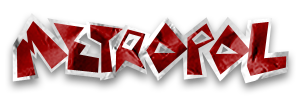Precisely what happened, which is why you usually saw the same bit of the 1991 BBC 1 Globe! I can't remember how long the whole thing was but there was always a perceived danger in NC1 that you'd get the 'recue jump' on air. Law of sod and all that. The COW symbol looped entirely seamlessly, so this was never a problem. Many in Network saw it as something of a step backwards.Inspector Sands wrote:You mean with the looped globe?nodnirG kraM wrote:So what happened when the end of the disc was reached? Did the symbol fade to black and then fade back in, or was there a jump as the laser returned to the beginning?
That was long before my time I'm afraid, I assume that they just had to make sure they re-cued it before a junction
The Baloon symbols also first went to air from Laserdisc. Because there were so many of them they ahd to be recorded on both sides of the disc. If a director fancied using one from the other side of the disc, the engineer had to be despatched into the apparatus room to turn the disc over. All seems very low tech these days doesn't it!
BBC World and Prime were the last channels to use LaserDisc in their presentation control rooms. BBC Prime ditched their Laserdisc machine when the fireworks idents came in I think. BBC World continued a bit longer. The famed BBC World breakfiller used a laserdisc for the backgrounds and music as part of its setup until the 'Dynamic Junction' came in.




